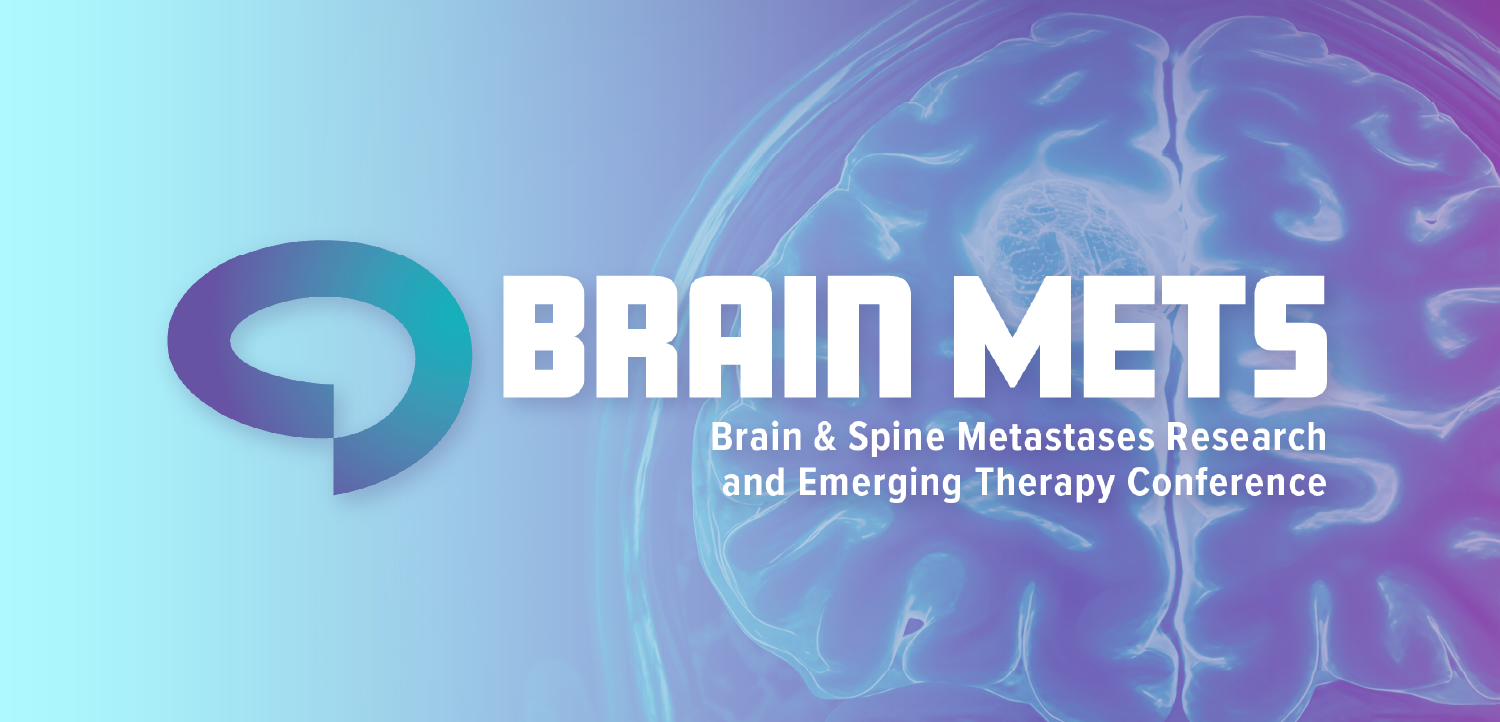
How AI Is cracking the code in value-based care: 5 tips for healthcare organizations | Viewpoint
Even with AI, health systems must take the right steps to achieve the value-based results they want — for themselves and their patients.
The shift to value-based care is one of the most important trends in American healthcare in recent years, and that transformation is expected to continue in the foreseeable future.
With
Meanwhile, the development of increasingly powerful AI capabilities is creating new possibilities for organizations to ease the transition to value-based care.
But even with AI, they need to take the right steps to achieve the value-based results they want — for themselves, their providers and other team members, and their patients.
Here are five key tips for healthcare organizations looking to thrive as they progress on their value-based journeys.
Tip #1: Make quality performance a high-priority use case for AI
Value-based care requires healthcare organizations to close care gaps–for example by conducting preventive screenings and vaccinations, and by managing chronic disease—but even identifying those gaps is time-consuming, requiring combing through huge volumes of patient records.
But with the development of AI, organizations and clinical teams now have more efficient ways to achieve dramatic quality performance improvements.
That starts with using AI-powered technology to automatically scan EHRs and other information sources to identify care gaps. AI can also search for evidence allowing care gaps to be closed, either because a required intervention has already been performed or because a given patient should be excluded from that intervention.
Tip #2: Take a clinician-focused approach to AI
It’s not hard to see why patients ultimately pay the price when clinicians are overwhelmed and burned out. Value-based care’s holistic and team-based approach makes employee morale even more important.
AI can be a double-edged sword: it can have a powerful impact on that morale, but if it is implemented in a cumbersome way, it can add steps to workflows rather than simplifying them. That makes ease of use and seamless integration essential factors to consider when choosing an AI solution.
It’s also a good idea to get input from the employees who are expected to use it, both to ensure that the tool meets their needs and to increase the likelihood that they will use it by showing them that their input is taken seriously.
Tip #3: Know your value-based contracts inside and out
While the importance of knowing the details of value-based contracts may sound obvious, a lack of deep understanding of those contracts puts healthcare organizations at risk. To make sure your organization has the information it needs, it’s essential to pay close attention to the ways risk adjustment and shared savings or losses are calculated in the relevant contracts.
Similarly, it’s crucial to know which metrics, such as readmission rates and performance on preventive care measures, affect compensation, and what the key thresholds are that can result in rewards or penalties.
In addition, it is important to make sure your organization is clear on which patients are covered by a given value-based contract and on the key requirements for reporting data, including the deadlines and required formats for submitting data relating to both claims and performance on quality measures.
Tip #4: Take a predictive, proactive approach to risk stratification
Risk stratification is the process of categorizing patients based on the level of health risk that they present, in order to tailor their care in an efficient, financially sustainable way. The problem is that it is common to stratify patients based on their past or current risk levels, not based on the issues we can expect them to have in the future.
But healthcare organizations can now use AI to automatically examine and interpret trends in patient data, shedding light on where those patients are headed medically. They can then use this information to reach out proactively to patients showing high long-term risk, taking steps designed to reduce the chances of serious health issues in the future.
Tip #5: Track performance constructively
To improve performance organization-wide, it’s important to track clinician performance, as well as KPIs, such as the rate of AI usage among clinicians, the results of satisfaction surveys, coding error rates, performance on quality measures and financial metrics.
The key to making the most of this data is fostering an organizational culture that values continuous learning and improvement, in which data-driven evaluation is used as an opportunity for growth rather than punishment. By encouraging high-performing clinicians to share their knowledge and encouraging their lower-performing colleagues to learn from them, a healthcare organization can help empower its employees to deliver the best possible outcomes in the long term.
Value-based care presents significant benefits, challenges and opportunities for healthcare organizations. While it comes with some substantial administrative burdens, innovative AI solutions are creating new ways to lighten those burdens and help clinicians focus on delivering top-notch care.
And while value-based care raises the bar for closing care gaps, AI offers efficient ways to identify and close those gaps.
By using AI strategically to address the challenges of value-based care and combining it with a comprehensive understanding of value-based contracts, healthcare organizations can empower their clinicians, improve the level of patient care they deliver and help themselves thrive in the world of value-based care.
Dana McCalley is vice president of value-based care at Navina.








































